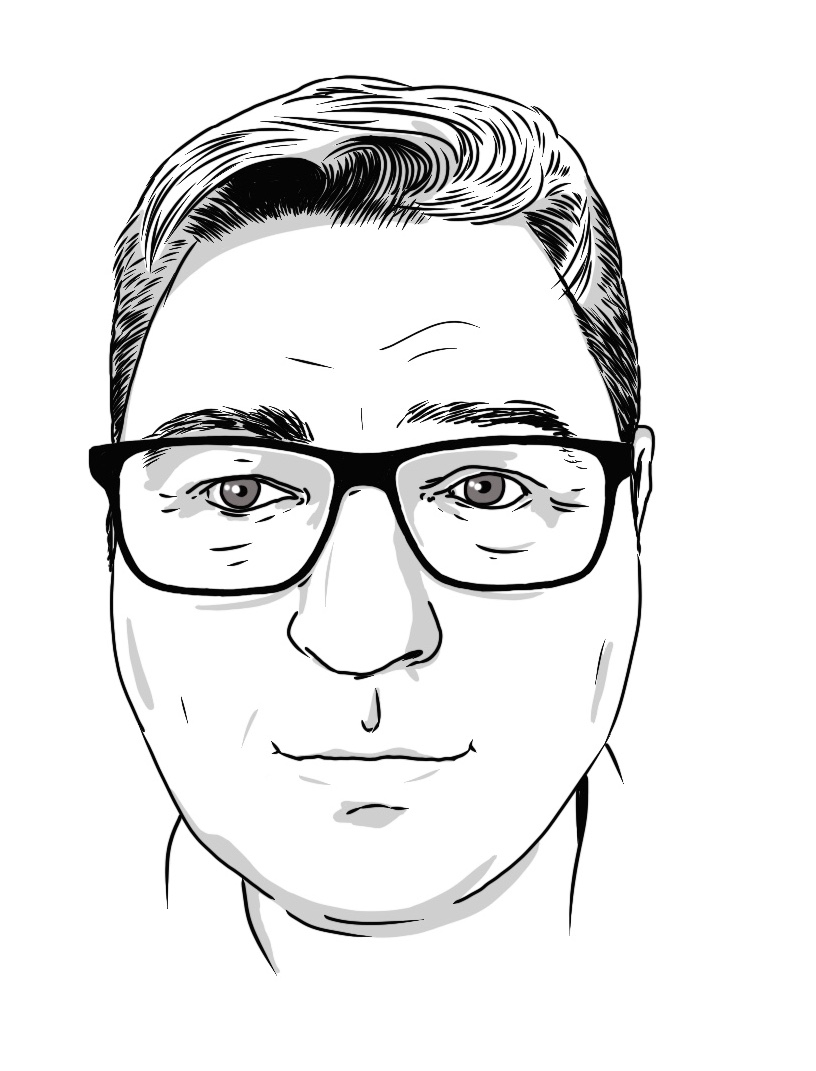March 18, 2021
From the archive: Escaping the gravity of the fixed times and places of work
In November 2019, just before that thing happened, there was this…  The worst workplace related news story of 2019 is also one of the most widely reported. I’m not linking to it because I don’t want to give it any credibility, but it has been discharged into the ether by Fellowes along with a ‘behavioural futurist’ called William Higham. I will say only two things about it. Firstly, we flatly refused to publish a story about the damn thing and it’s a shame that the mainstream media couldn’t spot it for the utter drivel it is. The fact that they have picked up on it says something about the way such issues are covered in the press. That’s why you’re more likely to see a stress-related story about rats driving cars on the BBC than you are something meaningful.
The worst workplace related news story of 2019 is also one of the most widely reported. I’m not linking to it because I don’t want to give it any credibility, but it has been discharged into the ether by Fellowes along with a ‘behavioural futurist’ called William Higham. I will say only two things about it. Firstly, we flatly refused to publish a story about the damn thing and it’s a shame that the mainstream media couldn’t spot it for the utter drivel it is. The fact that they have picked up on it says something about the way such issues are covered in the press. That’s why you’re more likely to see a stress-related story about rats driving cars on the BBC than you are something meaningful.
Secondly, anybody who claims that the average office worker in the future will have a permanently hunched back, varicose veins and hairy nose and ears has no credibility on the subject of wellbeing. I would also question why they chose a woman for the gruesome life-sized model they created for this PR stunt. So, if you want good advice on ergonomics, wellbeing and the future of work, you won’t get it from the people involved in this nonsense. And, if you do feel the urge to seek it out or have already encountered it, please read this too.
The nuances of the open plan
Having got that off my chest, and I hope I’ve made my point, back to a better-informed reality. One of the other misrepresented fixations the media has is with the open plan. This is a far more nuanced issue than is usually conveyed, and it seems we might be seeing the pendulum swing back to a more reasonable position after a few years in which the whole concept has been pathologised.
In the vanguard of this push back on the hysteria has been Leesman who use actual data to suggest that things are complicated. Some of this complexity is also evident in this piece in the Harvard Business Review although the headline does the content a slight disservice.
Leesman data is cited in this short piece in The Economist, which makes the fundamental point that complex problems demand sophisticated solutions. So the answer to the din of the open plan isn’t sensory deprivation but better balance, a point Tim Oldman of Leesman makes powerfully here.
The balance is found essentially in giving people more choice over where and how to work and with whom and to give them the ability to organise themselves to get things done. As I write here, we’ve known about the ideas behind this since the 1940s, so it might be surprising we still haven’t learned the lessons. I am indebted to Dr Anne-Marie Rattray for bringing to my attention this interview with the man mentioned in that piece.
One of the other casual myths still peddled about the workplace is that of the very special and unique things demanded of it by millennials. This has been dismantled a number of times but given that the dismantling happens less frequently than the peddling of this stuff, here’s another chance to read about the poor assumptions that underlie the stereotypes.
The term is often meaningless because of the group’s size and diversity. As of this year, millennials have become the largest population group in the country, over 70 million. That’s roughly equivalent to the number of Americans living in the Pacific and Mountain West time zones combined. Large numbers of people – be it “millennials” or “Americans” – are put into categorical buckets to simplify and make sense of a large amount of information. But that may lead to troublesome characterizations in light of the diversity within such a big group.
The search for good work
Most people want the same things from life and work, regardless of their age, gender, sexuality, whatever, although we do remain reluctant to talk about old age as much as we do millennials, a point tackled in this outstanding piece from The New Yorker. The search for good work goes on.
Toby Phillips looks at some of the reasons why this remains elusive in this piece while Gavin Phillips of the Resolution Foundation considers the same issue in this article in the FT. Both conclude that we need to step back and look again at the very structure of work and how it fits into our lives.
[perfectpullquote align=”right” bordertop=”false” cite=”” link=”” color=”” class=”” size=””]The answer lies in restructuring work and not merely trying to exchange one fixed way of working for another[/perfectpullquote]
The work of Eric Trist and others would inform this restructuring – I would recommend a read of The Age of Heretics by Art Kleiner – but so too would many ideas that are only relevant to work in the 21st Century. I find the notion of a four day or 30 hour week something of a well-intentioned anachronism in the era of what this article calls asynchronous communication. A major part of the working population – and perhaps the majority of people – do not work set hours regardless of whether their employer demands they are in an office between 9 and 5. In the world of email and Slack, the choice of 30, 40, or 50 hour weeks is not only irrelevant but somewhat nonsensical.
The article considers why remote workers are generally more productive than their contemporaries who commute into an office and draws the perhaps obvious conclusion that it is because they have more control over their days and work so can structure them more effectively. We are back to agile working and the socio-technical systems of Trist and his colleagues.
In the future, the most successful companies and teams will be the ones who make this shift. It will be the teams that don’t require their employees to be always-on, prioritize asynchronous communication to create space for deep work, and allow employees to disconnect and recharge fully.
So it goes. We know that the answer lies in restructuring work and not merely trying to exchange one fixed way of working for another. Instead we are becoming fixated with the number of hours people work while keeping the structures and cultures the same. This is diluted Taylorism, yet again exerting its gravitational pull on political, economic and management thinking, decades after we should have rejected it in favour of something better and smarter. A lot of people should work less than they do, but the real answer to their problem with work isn’t about reducing their working day, but allowing them to reshape it.
Main image: The Fall of Icarus by Jacob Peeter Gowy, Museo del Prado, Madrid

Mark is the publisher of Workplace Insight, IN magazine, Works magazine and is the European Director of Work&Place journal. He has worked in the office design and management sector for over thirty years as a journalist, marketing professional, editor and consultant.




















